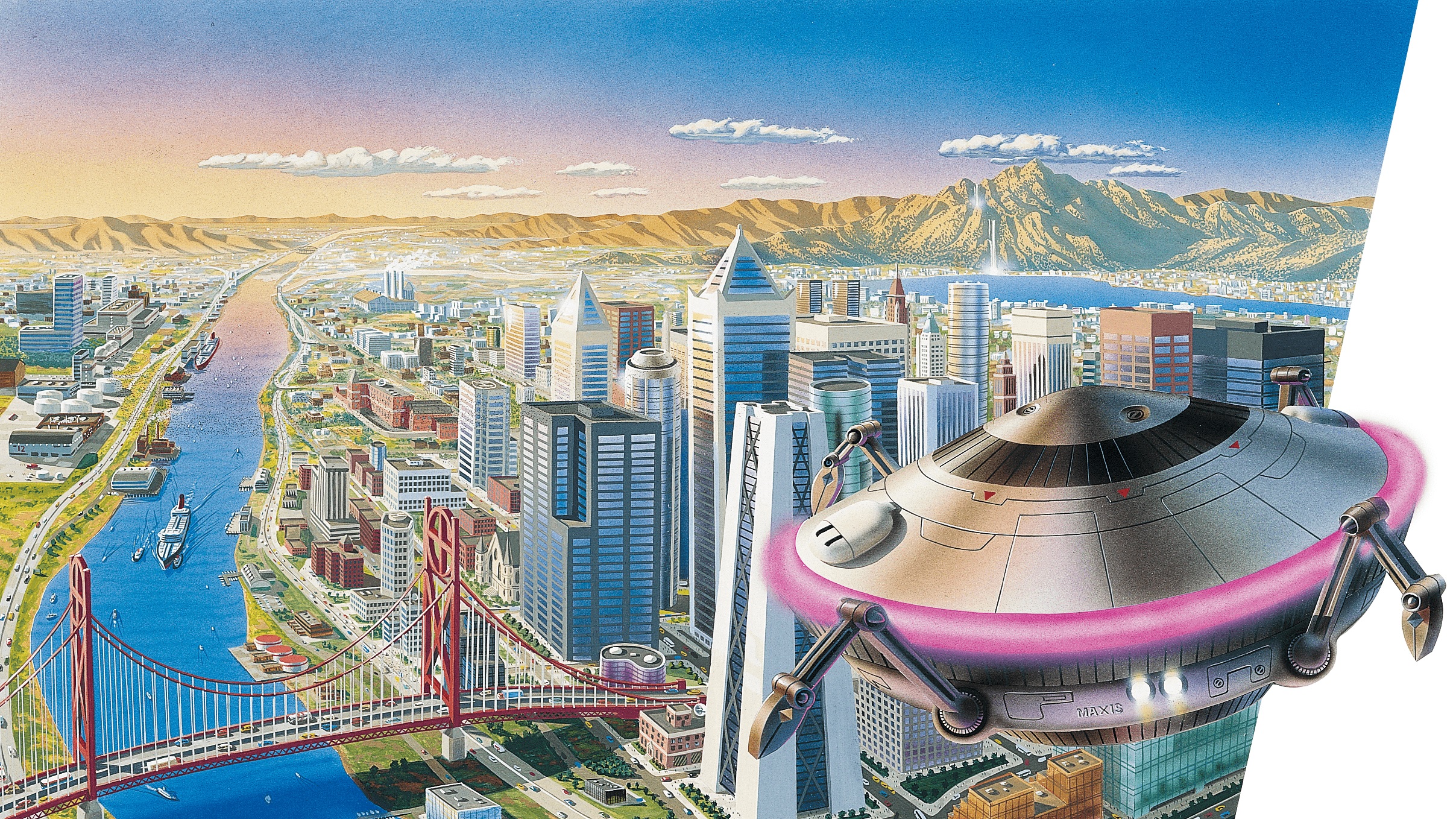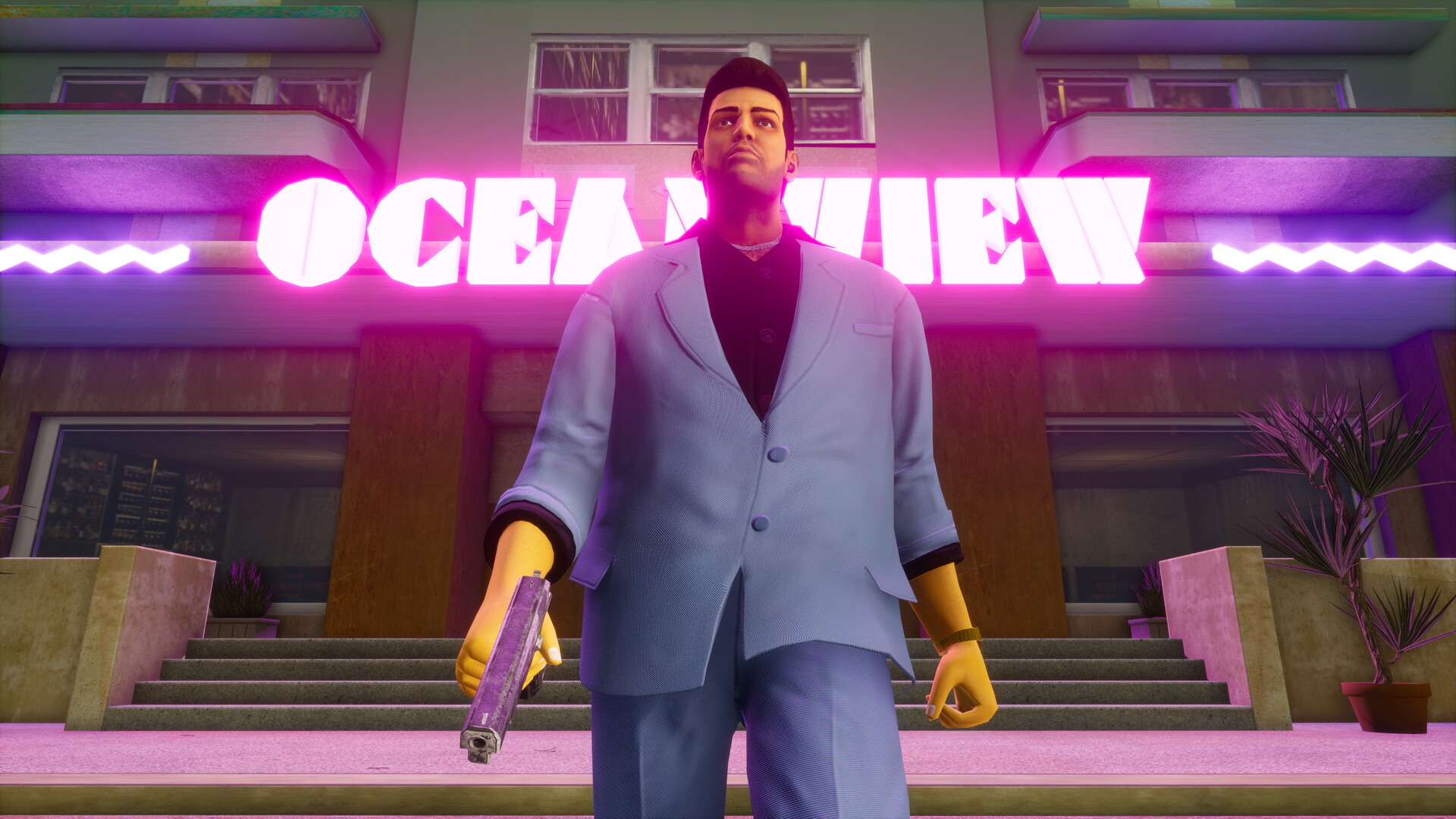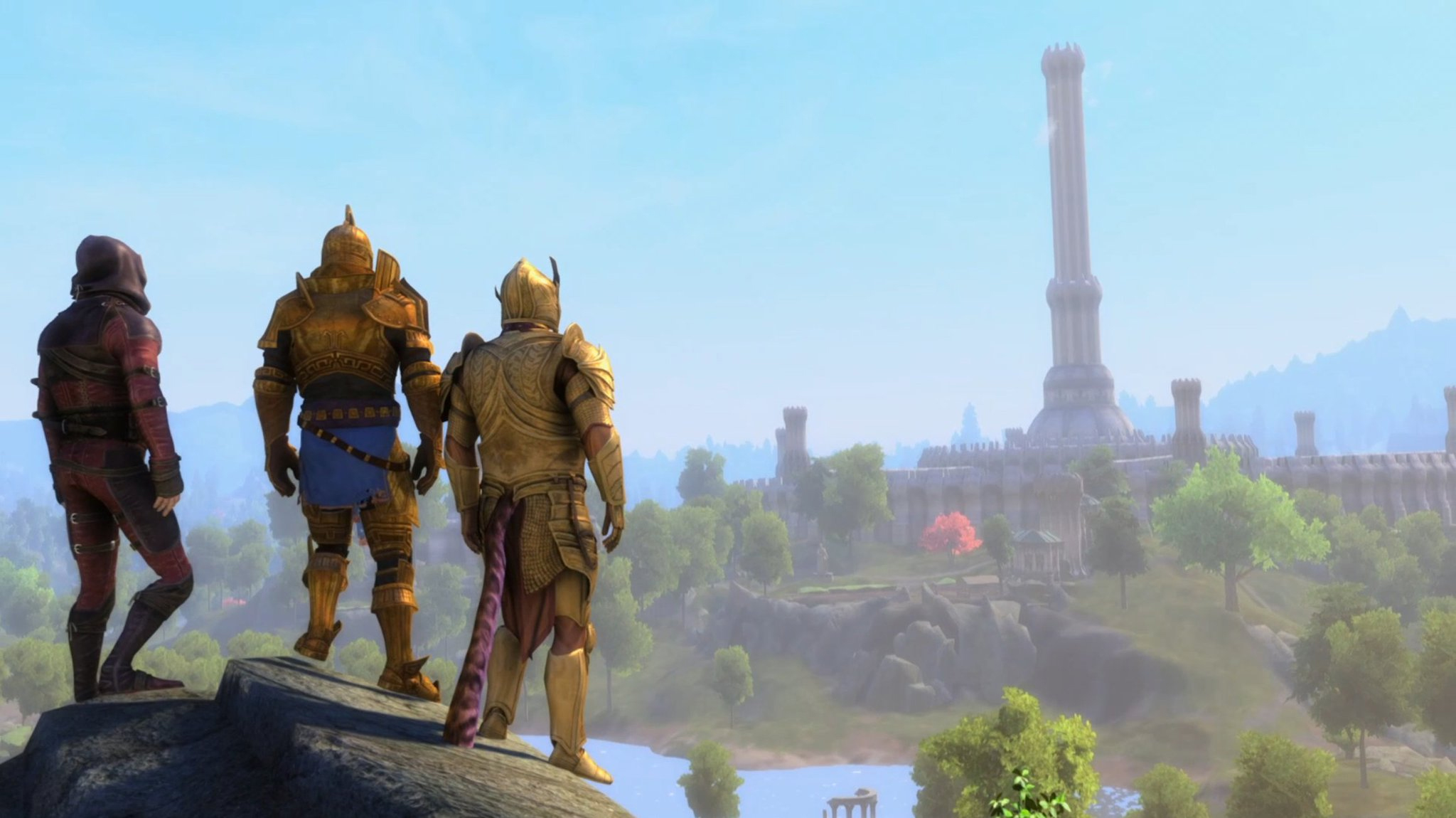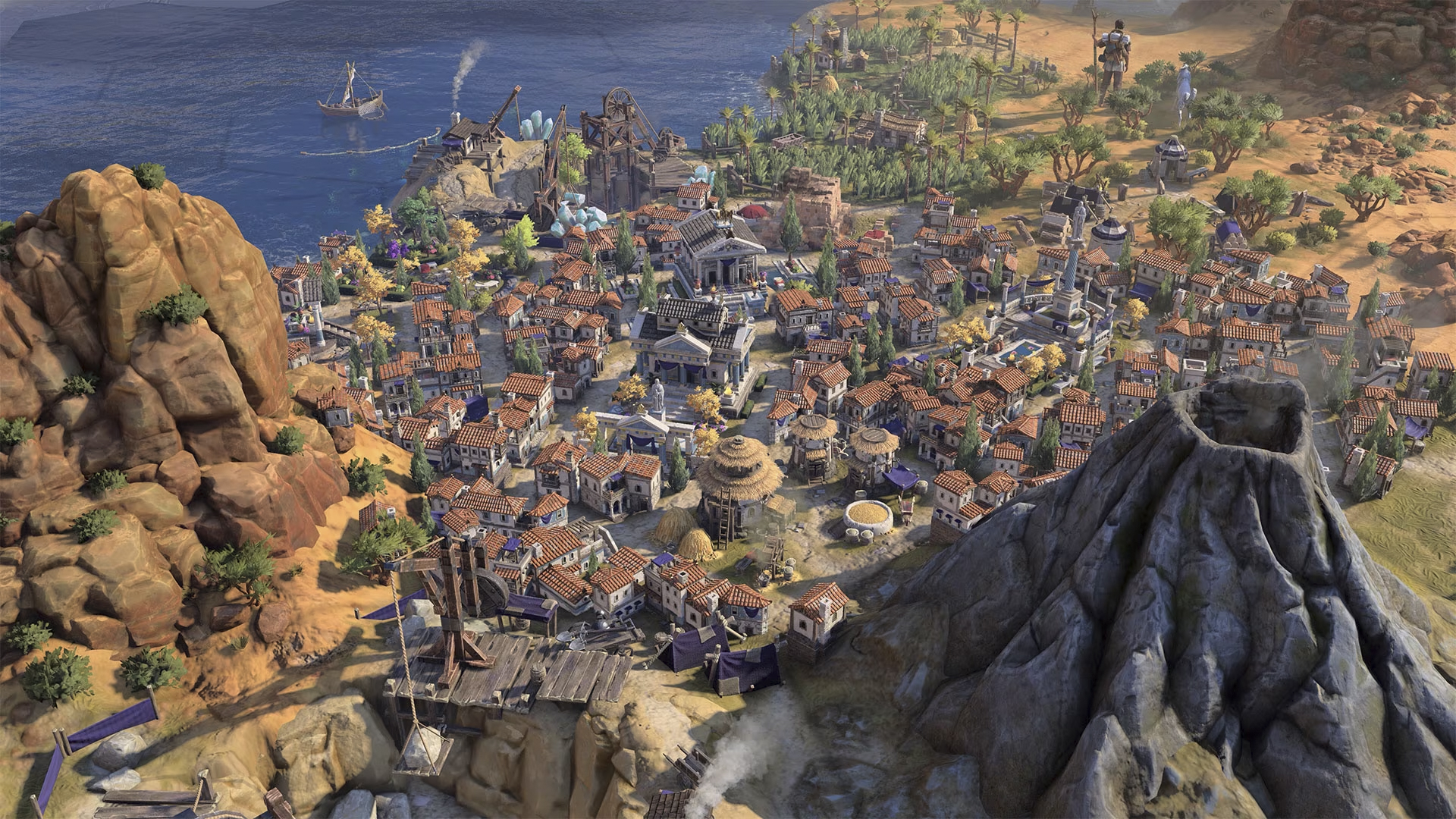
Best SimCity remains best SimCity.
While the original will forever hold a place in my heart, SimCity 2000 is one of those sequels that was simply meant to be. It was one of those sequels that doubled-down on everything brilliant about the first game, with a stunning visual makeover that saw the top-down 2D look become a gorgeous isometric urban panorama. It’s more complex, much more can go wrong, and I’m not sure Maxis or EA ever made a subsequent SimCity that improved on it.
I played this game a lot when I was a kid and thought I had a fairly good memory of it, but a piece of trivia has caught me completely off-guard. The SimCity games have always been packed with Easter eggs, but It turns out that one of SimCity 2000’s little surprises is an essay on the nature of cities by one Neil Gaiman.
Gaiman is now one of the most well-known and prolific authors in the world, but when SimCity 2000 came out in 1993 he was best-known for his pioneering Sandman comics series. The essay is simply titled SimCity and is found in-game by clicking on the library building, which brings up the option to “ruminate”. Should you do so, the game will display Gaiman’s essay, which does indeed ruminate on the nature of cities and the personalities they hold.
It’s a short piece and can be read in full on Gaiman’s website. The first few paragraphs go:
“Cities are not people. But, like people, cities have their own personalities: in some cases one city has many different personalities—there are a dozen Londons, a crowd of different New Yorks.
“A city is a collection of lives and buildings, and it has identity and personality. Cities exist in location, and in time.
“There are good cities—the ones that welcome you, that seem to care about you, that seem pleased you’re in them. There are indifferent cities—the ones that honestly don’t care if you’re there or not; cities with their own agendas, the ones that ignore people. There are cities gone bad, and there are places in otherwise healthy cities as rotten and maggoty as windfall apples. There are even cities that seem lost—some, lacking a centre, feel like they would be happier being elsewhere, somewhere smaller, somewhere easier to understand.”
Gaiman goes on to wonder about what kind of people cities would be (“Manhattan is, in my head, fast-talking, untrusting, well-dressed but unshaven”) before circling back round to ideas of chance, circumstance, and the way in which we perhaps take cities for granted. As ruminations go it’s a cool one, and tremendously in-keeping with the game’s character (Will Wright himself was originally inspired by the pioneering book Urban Dynamics). I’m positive I must have read this decades ago, but my ancient brain has mis-filed the memory.
The question I’m left with, and I’ve looked around for an answer with little luck, is why Gaiman was tapped-up to contribute to SimCity 2000 in the first place. PCG’s Fraser Brown notes that Gaiman does have a particular fascination with the nature of cities: “Cities as mystical, constantly shifting places is rife in Sandman, and he created a miniseries and accompanying novelisation (Neverwhere) about the idea that every major city has a magical parallel world existing beneath it.” I’ve reached out to Gaiman and will update with any response.






